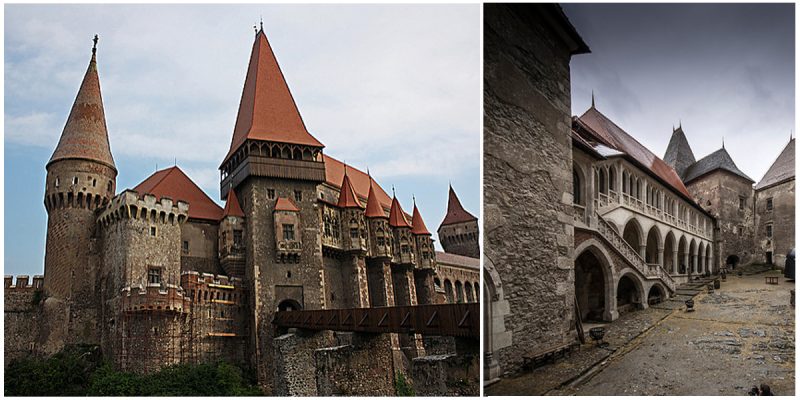Corvin Castle is one of the seven wonders of Romania and one of the largest castles in Europe. It is also known as Hunyadi Castle or Hunedoara Castle and many tourists who visited this spectacular place say that it is more magnificent than the country’s most famous castle, the Bran Castle. It is built in Gothic style on the site of an old Roman camp by the Hunyadi family in 1446. The old camp where the castle is today was situated on a rock above the river Zlasti looking over Hunedoara.
One of the leading Hungarian military figure during the 15th century was John Hunyadi or Iancu de Hunedoara. He started the construction of the castle to transform the previous keep that was built by Charles I of Hungary. Iancu was the son of Vajk Hunyadi who received the castle from the King of Hungary, Sigismund in 1409. After Jonh’s reign, the castle was inherited by his son Matthias Corvinus who was one of the greatest kings of Hungary.
This Gothic-style masterpiece is a large structure with very tall rectangular and circular towers, magnificent inner courtyard, few bastions, beautifully colored roofs, and many balconies and windows decorated with stone carvings.
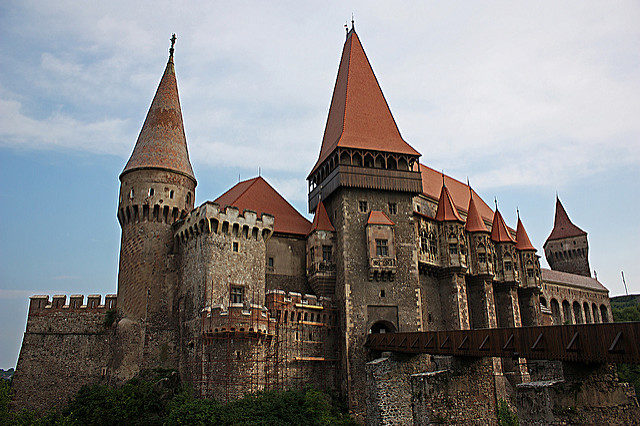
It is surrounded by a double wall and is flanked by the towers which at that time was an innovation for the Transylvanian architecture. The best-known tower is the Buzdugan Tower which was used only for defense purposes. It’s exterior is designed with geometric motifs and because is rectangular in shape, it has a large opening in which more superior weapon can be placed.
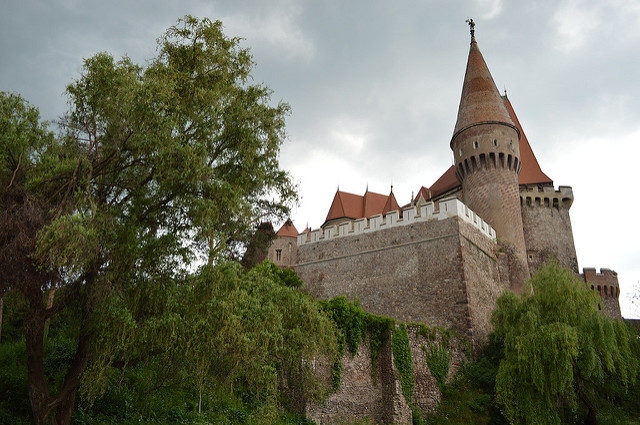
The castle houses three areas which are known as the Diet Hall, the Knight’s Hall, and the circularly shaped stairway. These marble halls are rectangular in shape and were used for different purposes. The Diet Hall was used for formal receptions and on its walls there are painted medallions including the portraits of the ruler of Wallachia Matei Basarab, and the ruler of Moldavia, Vasile Lupu, and the Knight’s Hall was used for guests of the family and feasts. After John Hunyadi died, the improvement of the castle stopped until 1458.
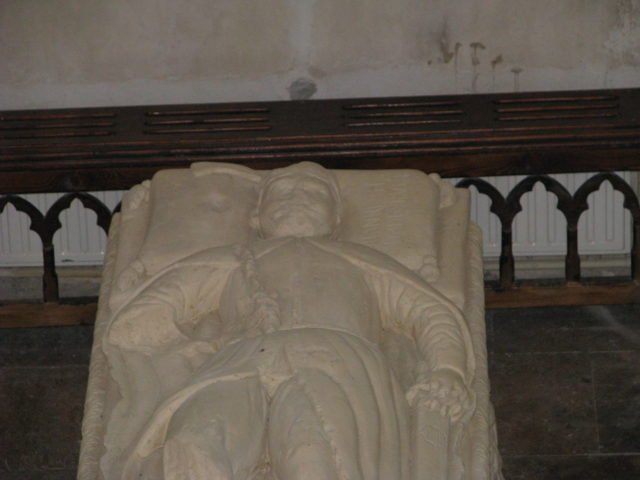
From that year on, many renovations were made including the Matia Wing in which the only surviving laic painting can be seen from Transylvania’s 15th century. The work on the castle was stopped completely in 1480 and in this year, the castle was recognized as one of the biggest buildings in Eastern Europe.
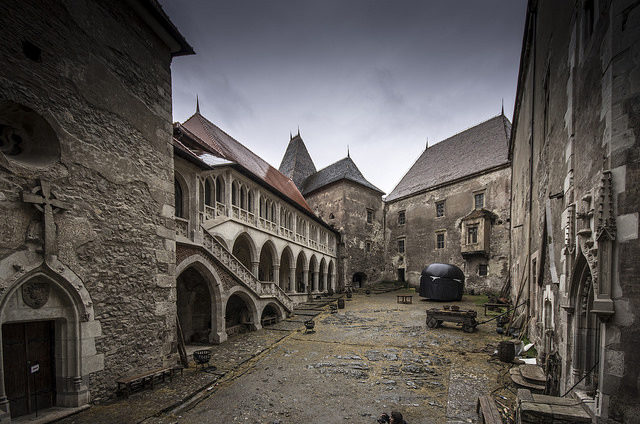
During the 16th century, very small repairs were made, but in the 17th-century military additions were made. The new White Tower and The Artillery Tower were also built in a rectangular shape. Another additions were from aesthetical and included the new Large Palace which is a magical place facing Hunedoara.
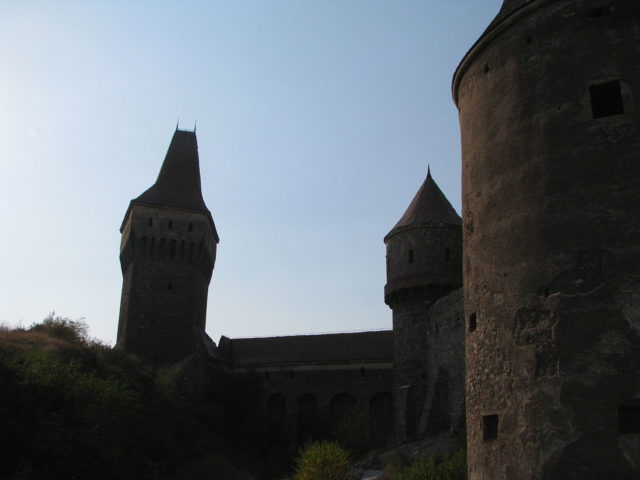
So, over the centuries, the castle has been renovated many time, adding halls, guest room, various towers. The constructions who remain the same from John Hunyadi’s time are the gallery, the Capistrano Tower, and the Neboise keep which in translation from Serbian means ” Don’t be afraid.” Other important parts of the castle are the Club Tower and the White bastion which served as a storage room for food.
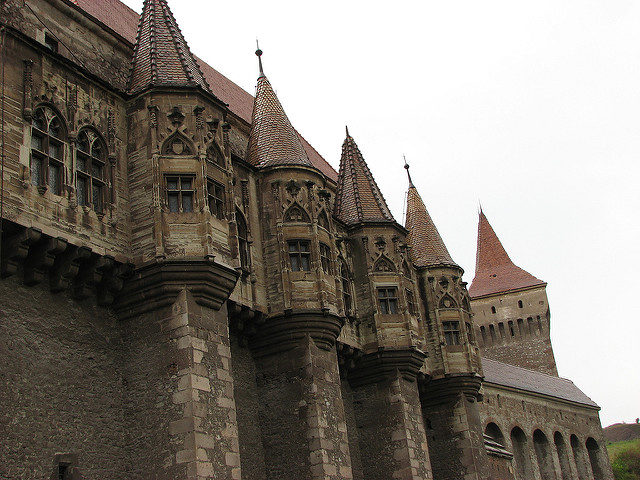
There is a legend that circulated around the castle and on guided tours is told to the visitors. The story is about Vlad the Impaler who during the King’s minority was held prisoner by John Hunyadi. Later, he and John formed an alliance, and because of this event, sometimes, the castle is mentioned as the core inspiration for Bram Stoker’s Castle Dracula.
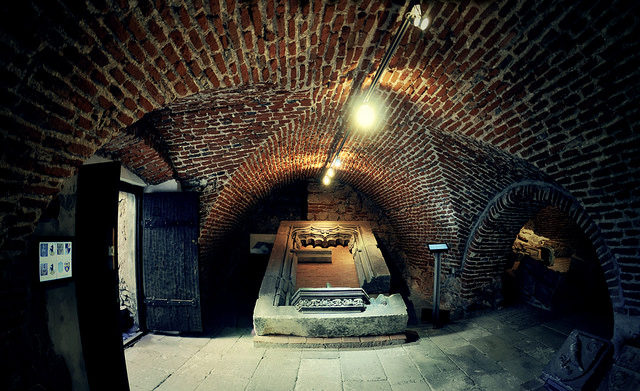
The truth is that Stoker knew nothing about their alliance or about the castle the only connection is his imagination that described the castle on an empty top in Transylvania which is similar to the Crovin castle’s location.There are also stories about ghosts, in 2007, the castle was host in the TV program Most Haunted Live! in which investigators claimed that the building is haunted. Because of these stories, the castle today is one of the most famous tourist attraction and people from all over the world come to admire this fantastic place.
